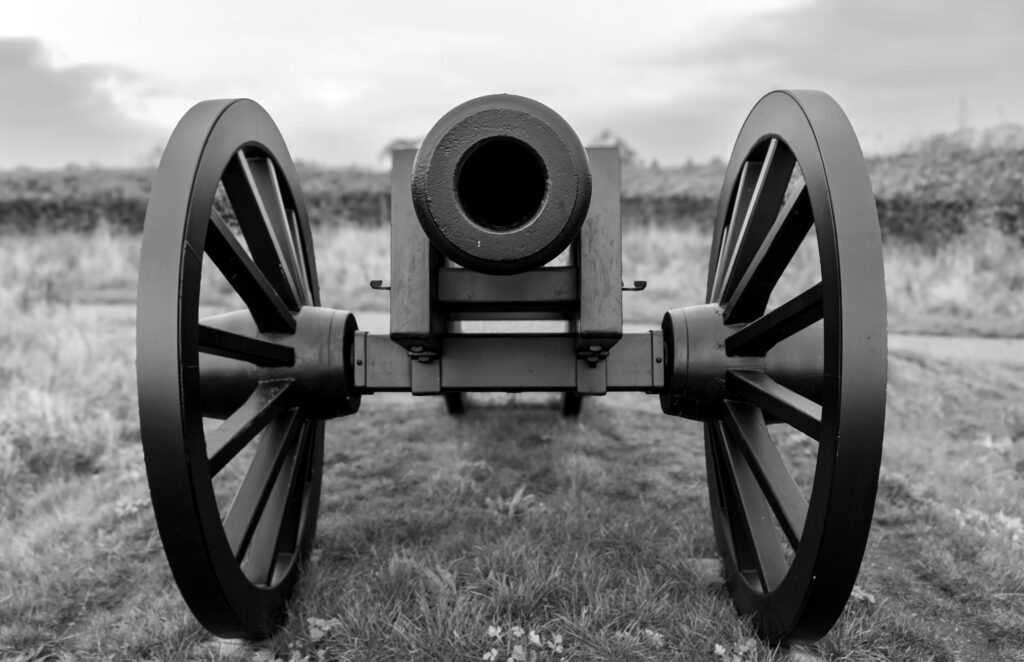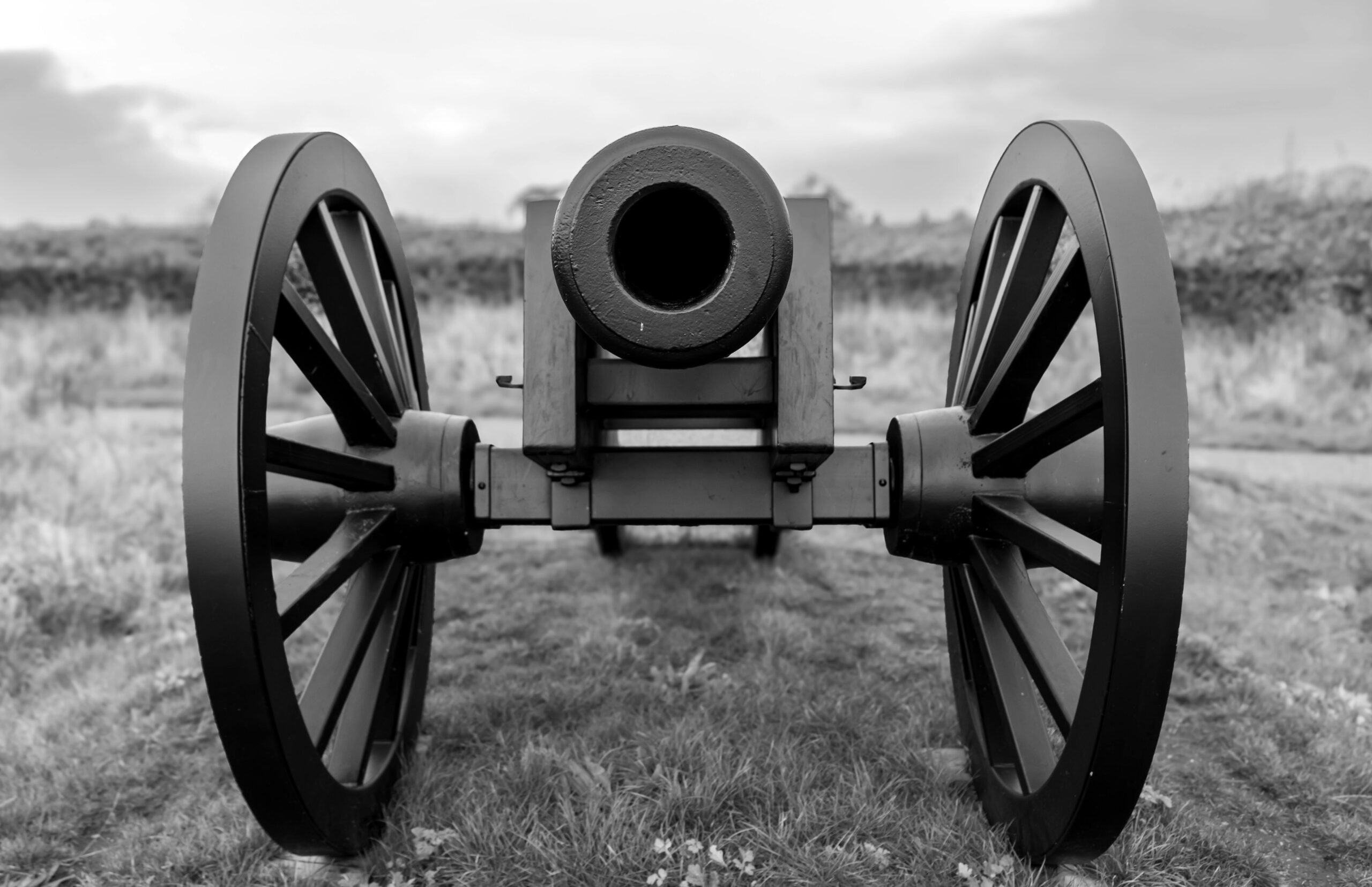Britain’s landscape is dotted with historic battlefields that bear witness to the struggles, triumphs, and defining moments of the nation’s history. Embarking on a historic battlefield tour offers enthusiasts the opportunity to walk in the footsteps of soldiers, explore the sites of famous conflicts, and gain insights into the events that shaped the course of British history. From the Battle of Hastings in 1066 to the Battle of Bosworth Field in 1485 and beyond, these battlefields tell the stories of kings, knights, and ordinary people who fought and died for their beliefs, their land, and their freedom. In this article, we’ll delve into the world of historic battlefield tours, highlighting the key destinations, battles, and experiences that await visitors seeking to uncover the past.

Section 1: The Significance of Historic Battlefields
1.1. Pivotal Moments in British History:
Historic battlefields are more than just fields of conflict; they are living monuments to the pivotal moments that shaped the course of British history. From the Norman Conquest and the Wars of Scottish Independence to the Wars of the Roses and the English Civil War, these battles marked turning points in the struggle for power, sovereignty, and identity in Britain. By exploring historic battlefields, visitors can gain a deeper understanding of the events, personalities, and ideologies that have shaped the nation’s past and continue to influence its present.
1.2. Commemoration and Remembrance:
Historic battlefields serve as sites of commemoration and remembrance, honoring the sacrifices and valor of those who fought and died on the battlefield. Memorials, monuments, and interpretive plaques pay tribute to the fallen soldiers and commemorate their courage, resilience, and sacrifice. Visiting these memorials allows visitors to pay their respects, reflect on the human cost of war, and connect with the stories of the past in a meaningful way.
Section 2: Exploring Britain’s Historic Battlefields
2.1. Battle of Hastings, 1066:
The Battle of Hastings, fought on 14 October 1066, is one of the most famous battles in British history, marking the beginning of the Norman Conquest of England. Visitors to the battlefield site, located near the town of Battle in East Sussex, can explore the ruins of Battle Abbey, built by William the Conqueror to commemorate the battle, and walk along the battlefield trail to discover key landmarks and interpretive displays. The site also features a visitor center with exhibits on the battle and its aftermath.
2.2. Battle of Bannockburn, 1314:
The Battle of Bannockburn, fought on 23-24 June 1314, was a decisive victory for the Scottish forces led by Robert the Bruce against the English army of King Edward II during the Wars of Scottish Independence. Visitors to the battlefield site, located near the town of Stirling in Scotland, can explore the interactive visitor center, which offers immersive exhibits, films, and artifacts that bring the battle to life. Guided tours of the battlefield allow visitors to walk in the footsteps of the Scottish and English armies and learn about the tactics, strategies, and outcomes of the conflict.
2.3. Battle of Bosworth Field, 1485:
The Battle of Bosworth Field, fought on 22 August 1485, was the decisive battle of the Wars of the Roses and marked the end of the Plantagenet dynasty and the beginning of the Tudor dynasty in England. Visitors to the battlefield site, located near the town of Market Bosworth in Leicestershire, can explore the visitor center and exhibition, which feature interactive displays, artifacts, and information panels on the battle and its significance. Guided tours of the battlefield allow visitors to walk the ground where King Richard III fell in battle and learn about the events leading up to the conflict.
Section 3: Tips for a Memorable Battlefield Tour Experience
3.1. Study the History:
Before embarking on a historic battlefield tour, take the time to study the history, context, and significance of the battles you’ll be visiting. Read books, watch documentaries, and consult historical sources to gain insights into the causes, events, and outcomes of the conflicts. Understanding the historical background will enhance your appreciation of the battlefield sites and deepen your connection to the stories of the past.
3.2. Engage with Interpretive Materials:
Take advantage of interpretive materials such as guidebooks, audio guides, and signage available at the battlefield sites to enhance your understanding of the battles and their significance. Look for interactive exhibits, multimedia presentations, and artifacts that bring the stories of the past to life and provide context for the events and personalities involved. Engaging with interpretive materials will enrich your battlefield tour experience and help you gain a deeper appreciation for the history and legacy of the conflicts.
Conclusion:

Embarking on a historic battlefield tour offers enthusiasts the opportunity to explore the sites of famous conflicts, gain insights into the events that shaped British history, and connect with the stories of the past in a meaningful way. Whether you’re tracing the footsteps of William the Conqueror at the Battle of Hastings, reliving the triumph of Robert the Bruce at the Battle of Bannockburn, or pondering the fate of King Richard III at the Battle of Bosworth Field, a battlefield tour promises a journey through time and a deeper understanding of Britain’s rich and complex history. So pack your curiosity, lace up your walking shoes, and set out on a historic adventure to uncover the secrets of Britain’s battlefield past. Happy exploring!




